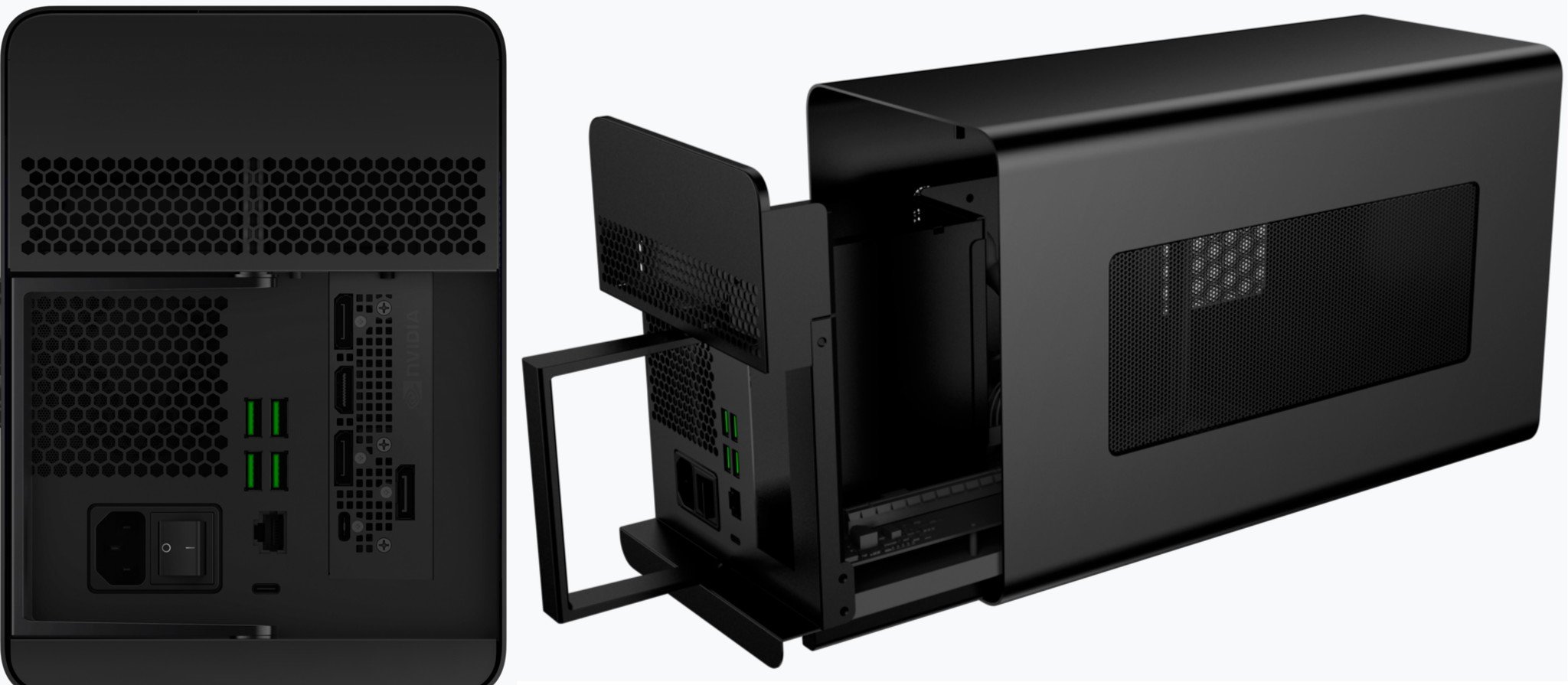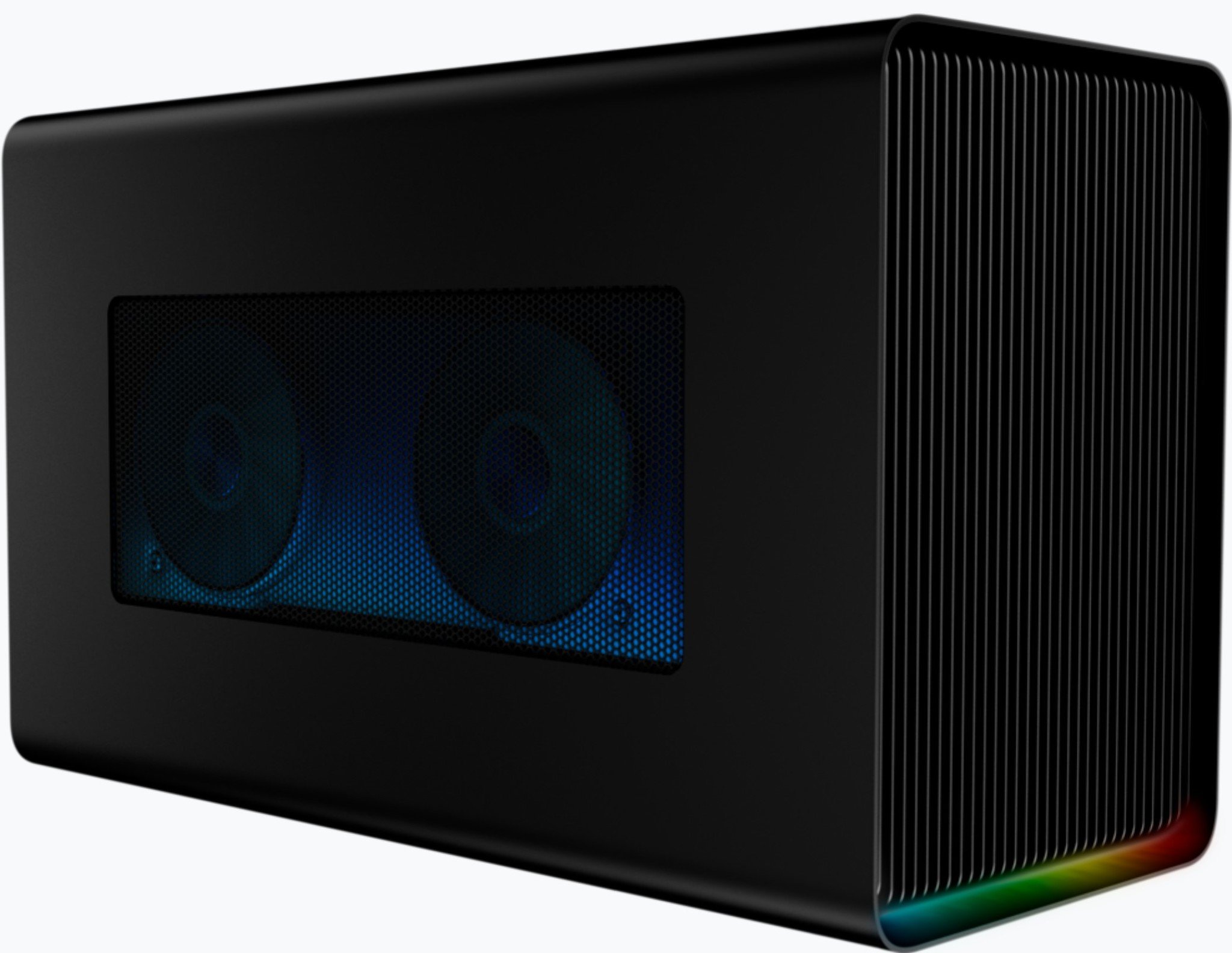Razer Core X Chroma eGPU lands at $399 with a 700W power supply
Razer's new mid-range eGPU can handle the latest NVIDIA RTX graphics and adds some RGB flair as well.

Razer is continuing to give some breathing room to its popular external GPU (eGPU) kits with the introduction of the new Razer Core X Chroma. Priced at $399 the Core X Chroma sits above the $299 non-Chroma Core X and below the $499 Razer Core v2.
For design, the Core X Chroma borrows a lot from the Core X but bumps many of the main specifications including adding a 700-watt power supply (versus just 500 watts in the current Core X).

Additionally, there are four USB and one Gigabit Ethernet port plus Razer Chroma RGB lighting as the name implies.
The Core X Chroma works with the best graphics cards around including NVIDIA GeForce RTX, GeForce GTX, and Quadro cards to AMD XConnect enabled Radeon and Radeon Pro cards.
The Core X Chroma system works through a single USB Type-C Thunderbolt 3 cable works with PC or Mac (with the latter relying on AMD solutions). The Razer Core X Chroma can charge USB-C laptops with up to 100W over the included Thunderbolt 3 cable. To help offset bandwidth restrictions the Core X Chroma uses a Thunderbolt dual chip design that effortlessly handles both graphics and peripheral data through the single Thunderbolt 3 cable
Pricing and availability
The new Razer Core X Chroma will be available starting April 16th, 2019 from Razer.com and select retailers in the United States and Canada. Pricing is set at USD 399.99/ 429.99 €.
It will be available soon in the United Kingdom, France, Germany, Nordics, China, Australia, Hong Kong, Japan, Singapore, South Korea, and Taiwan.
All the latest news, reviews, and guides for Windows and Xbox diehards.

Daniel Rubino is the Editor-in-chief of Windows Central. He is also the head reviewer, podcast co-host, and analyst. He has been covering Microsoft since 2007 when this site was called WMExperts (and later Windows Phone Central). His interests include Windows, laptops, next-gen computing, and wearable tech. He has reviewed laptops for over 10 years and is particularly fond of 2-in-1 convertibles, Arm64 processors, new form factors, and thin-and-light PCs. Before all this tech stuff, he worked on a Ph.D. in linguistics, performed polysomnographs in NYC, and was a motion-picture operator for 17 years.

